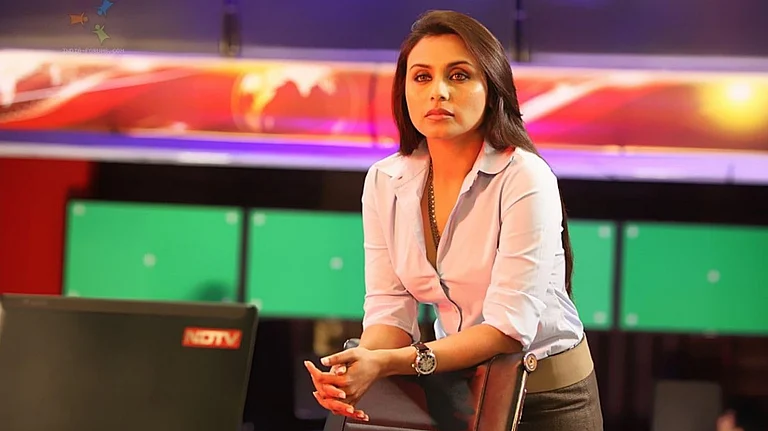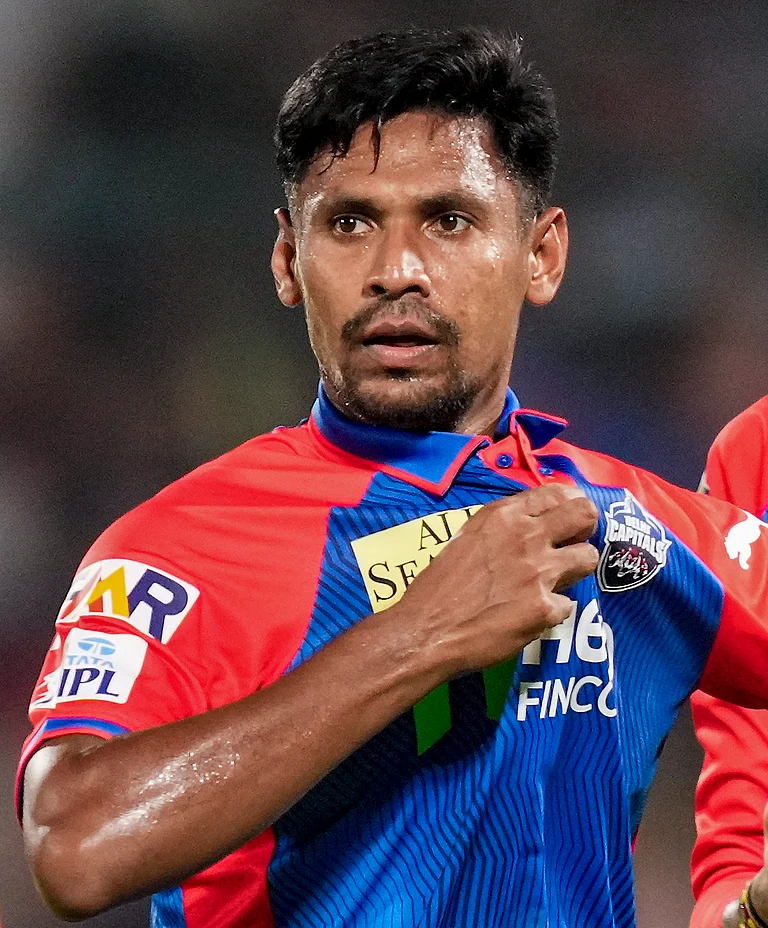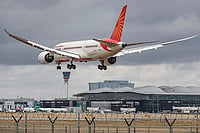At a time when countries across the vying for a good spot in the space race, India has announced that it will be ready to launch its maiden human space-flight mission Gaganyaan by 2024. Initially, the government had planned to launch the mission by 2023 to mark 75 years of India's independence. But according to Union Minister Jitendra Singh, Covid-19 pandemic waylayed the shcedule.
"The Covid-19 pandemic took a toll on the training of astronauts in Russia as well as India," Singh told reporters on the sidelines of an even in Delhi, adding the first test-flight of the Gaganyaan mission is scheduled to take place later this year.
Who will be going on India's first space mission?
The Indian Air Force had identified four fighter pilots as the potential crew for the human space flight mission. The potential crew had undergone basic training in Russia.
When will Gaganyaan take off?
The Indian Space Research Organisation (ISRO) will send at least two astronauts into a low earth orbit in 2024 after assessing the outcome of the two orbital test flights, as per the minister.
Officials said during the test mission, the spacecraft will be launched to an altitude of 15 km during which space scientists will simulate an abort scenario to ensure the return crew capsule to the Earth using parachutes.
The second orbital test flight will take the Gaganyaan crew capsule to a higher altitude and undergo a similar abort scenario to perfect the system.
Prime Minister Narendra Modi had announced the Gaganyaan mission in his Independence Day address in 2018 at a cost of Rs 10,000 crore.
Who is Vyoma Mitra?
According to Singh, India will be sending out a humanoid robot in the shape of a woman named 'Vyoma Mitra' to space.
The spacefaring humanoid will be sent into outer space next year, following the first test-flight of Gaganyaan which is scheduled later this year. ISR's K Sivan had previously said that the robot, which has distinctly feminine features and even fake hair, can be used for monitoring parameters and for communicating with astronauts. In space as well, the robot can help astronauts with everyday activities.
"It will simulate the exact human functions in space; it will check whether the systems are right. This will be very useful to simulate, as if a human is flying," EconomicTimes quoted Sivan as saying.
ISRO's growing footsteps in space
ISRO also plans to launch the Chandrayaan-3 mission to the moon sometime next year. Officials said there were two launch windows for the moon mission next year in February and July.
Chandrayaan-3 is a successor to the Chandrayaan-2 mission that crash-landed on the lunar surface.
More recently, ISRO announced that it s developing “intelligent” geostationary communication satellites that can be re-configured by changing frequencies and bandwidth as per the demand profile from customers. According to the space agency, ‘intelligent’ GSATs would allow shaping of spot beams, which are targeted, high-power radio signals sent by satellite, as per the demand from customers and would also allow shaping of antennas receiving the beams.
The news of the first human mission to space comes after embarrassment following the fiasco with the launch of ISRO's maiden small satellite launch vehicle (SSLV), carrying an earth observation satellite EOS-02 and co-passenger students satellite AzaadiSAT, which ran into trouble on August 7 after it suffered data loss in the final phase.
(With inputs from PTI)


























